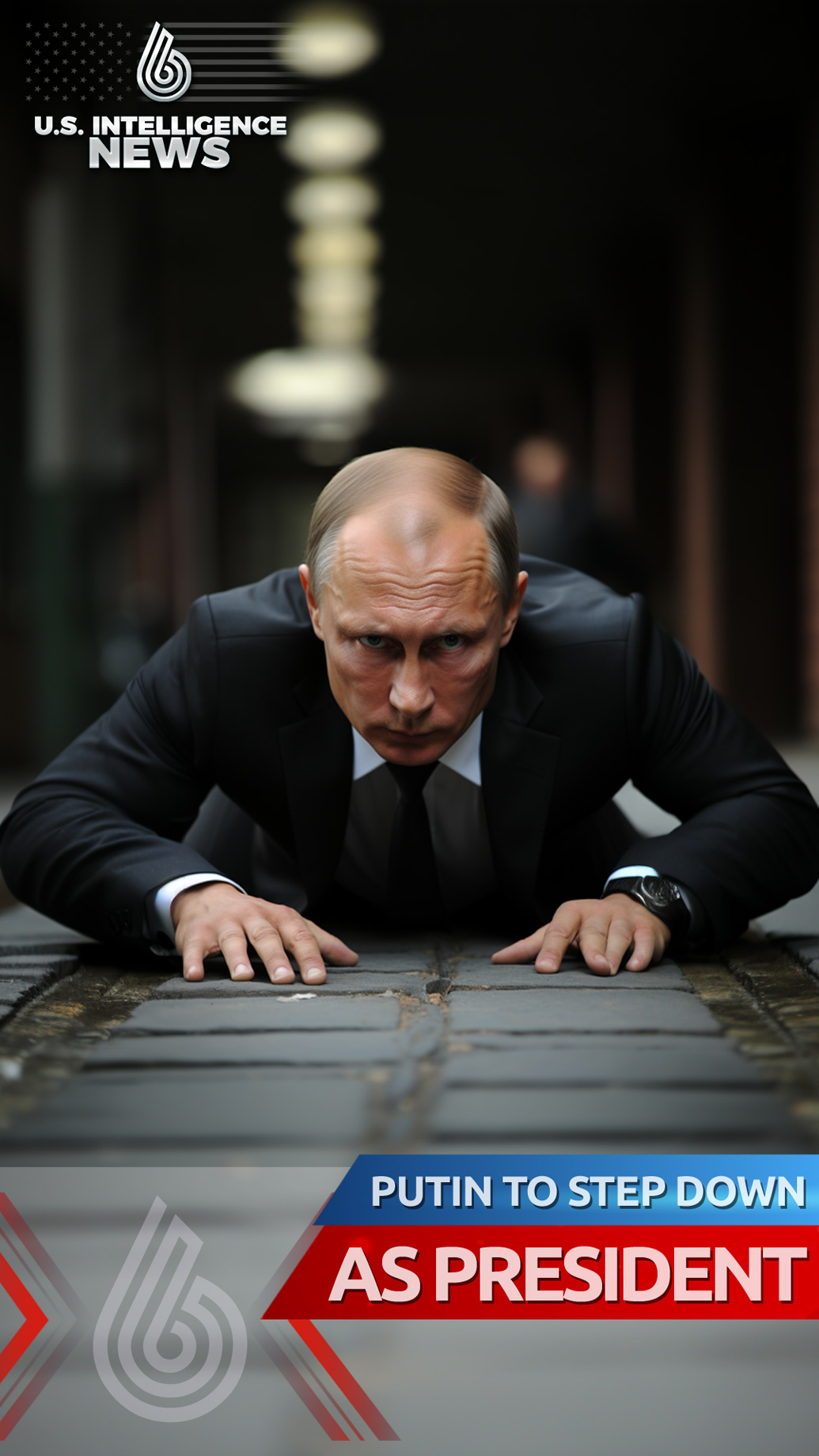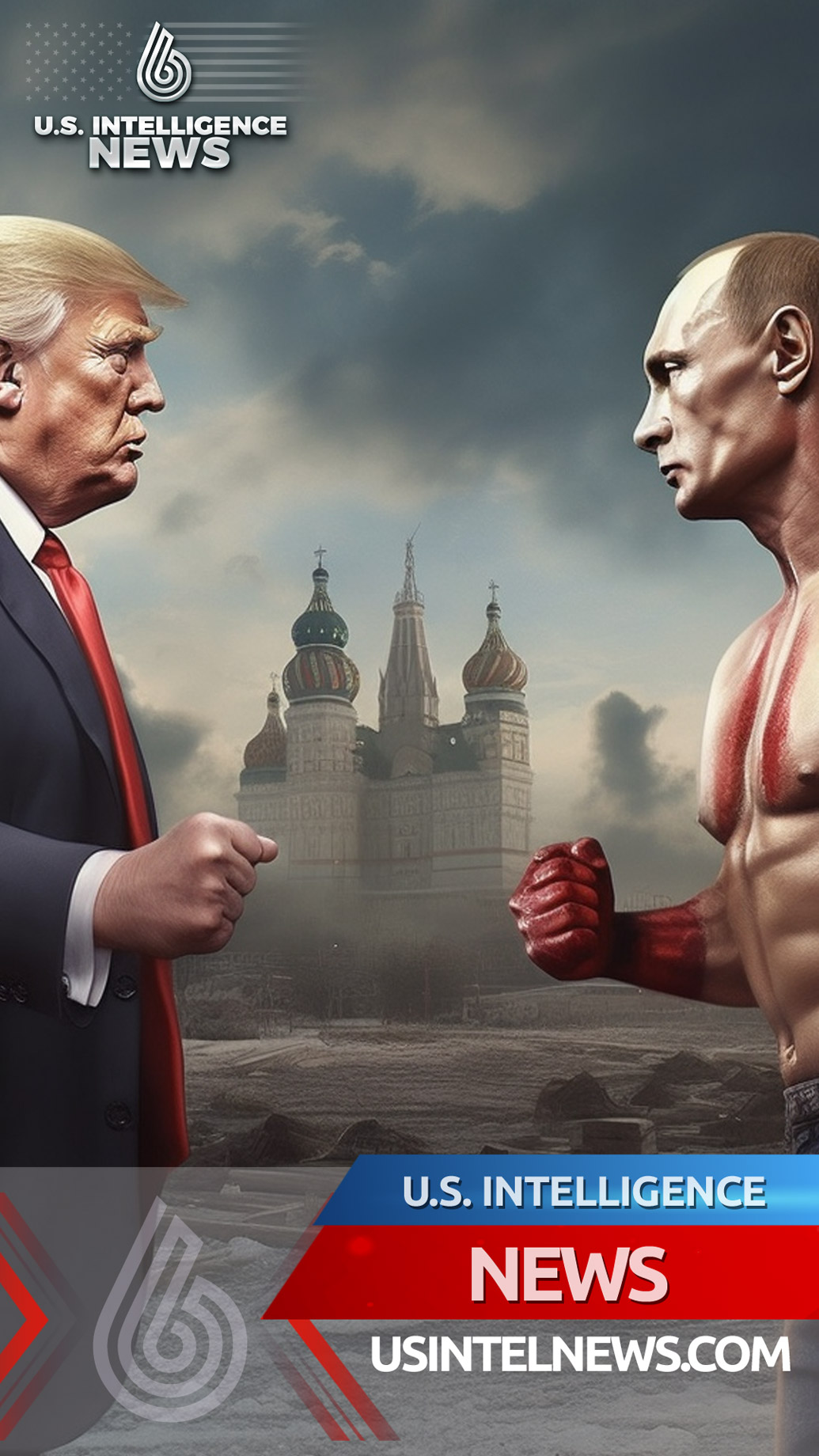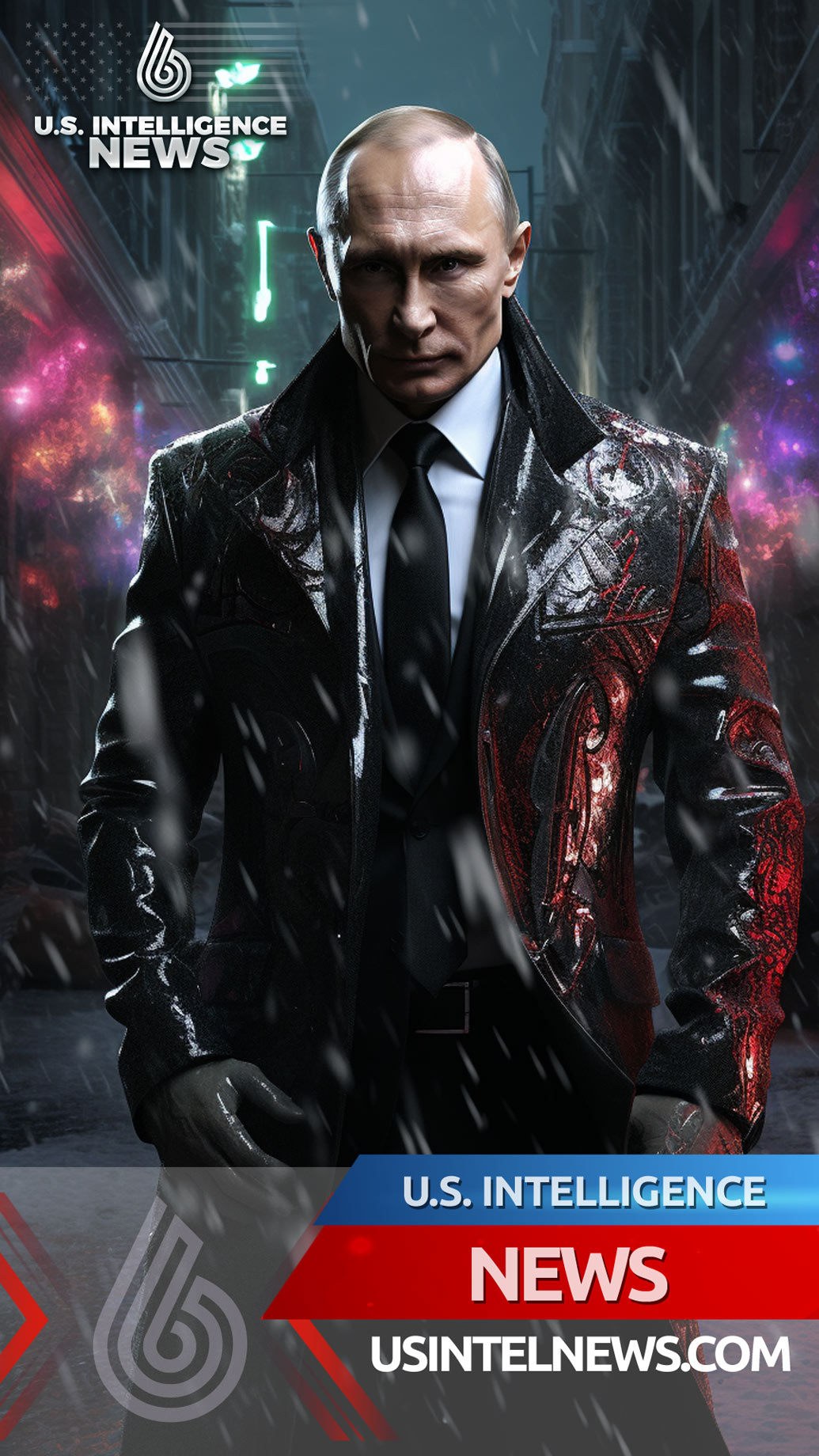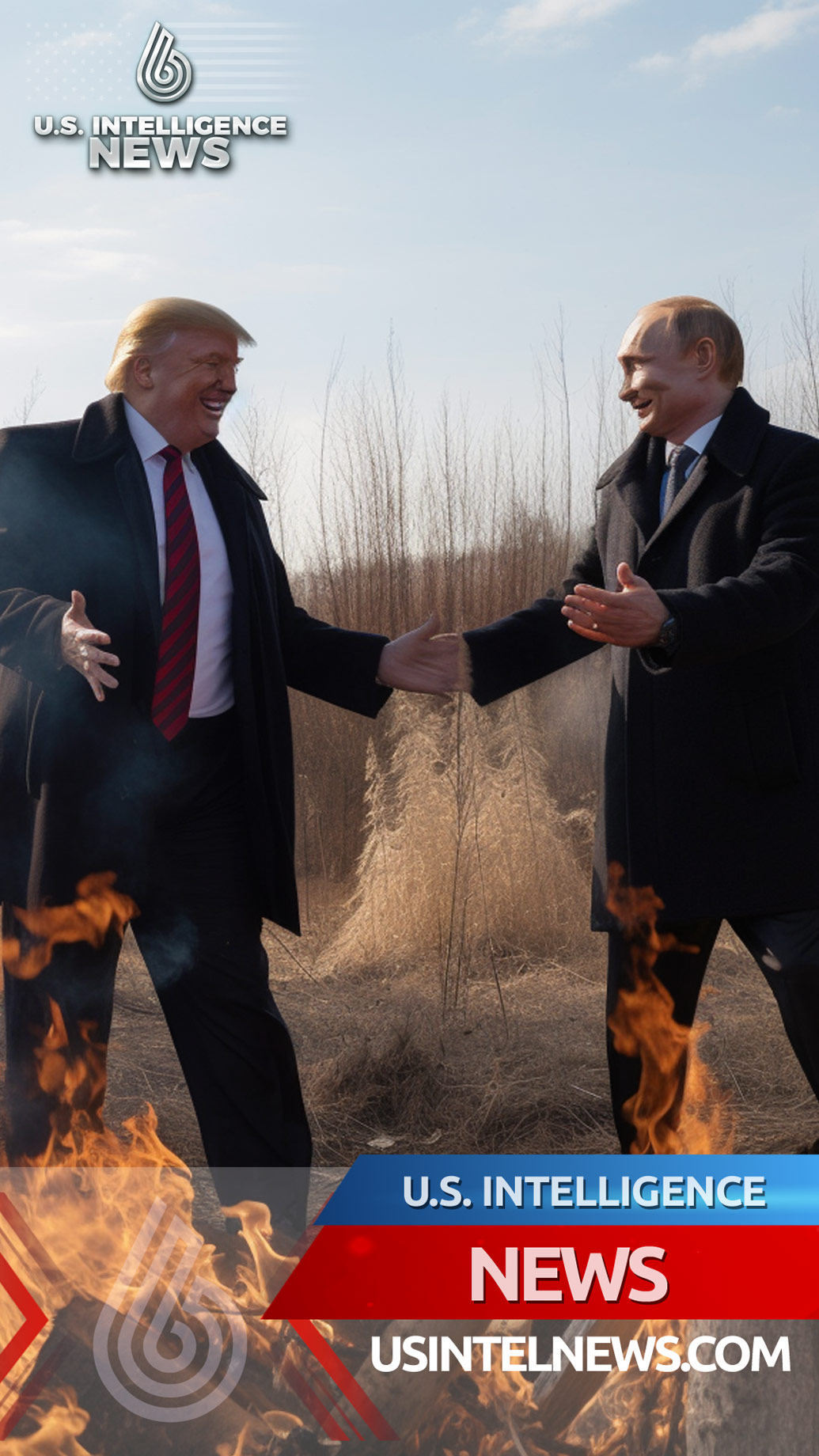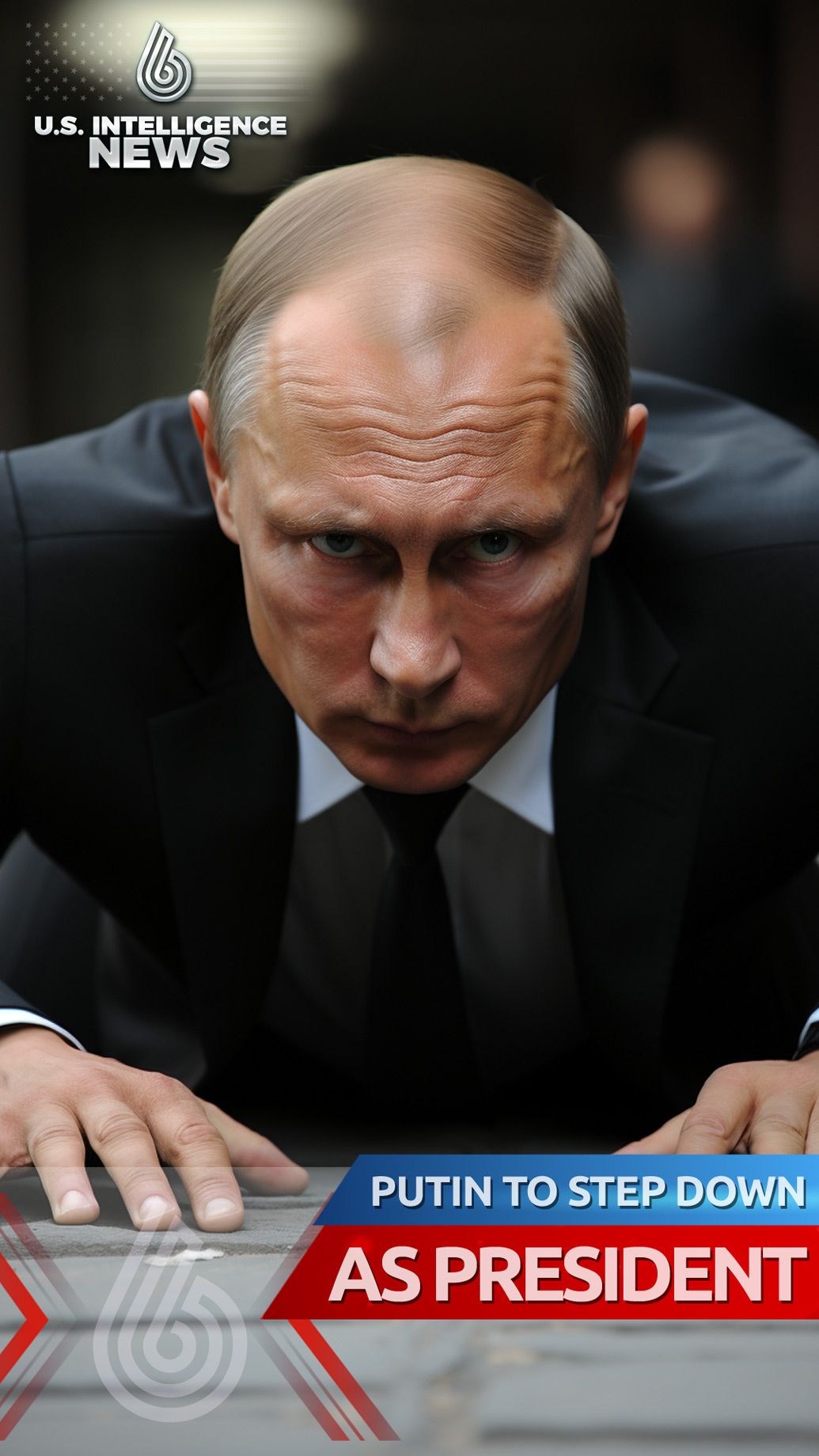
Key Insights:
- Transition of power within the Kremlin set to reshape Russian governance.
- Constitutional amendments expected to reform State Duma structure.
- Instability anticipated as factions vie for influence in new political landscape.
Putin Poised to Step Down as President, Eyes Transition to Chairman of Constitutional Court
Instability Looms
The so-called “Politburo 2.0” has reached a provisional consensus on the framework for the transfer of power. According to the newly ratified plan, the redistribution of authority will proceed in a phased manner. By year’s end, a comprehensive reform of the State Council is expected to be unveiled. This transformation will establish the State Council as an institution with broad jurisdiction and enhanced capabilities, effectively replacing the existing Politburo.
Major Transformation
At the outset of the following year, further constitutional amendments are anticipated, after which the “President” will dissolve the State Duma and announce new elections. The reconstituted State Duma will be structured to include two dominant parties, with one holding approximately 80% of the seats, and the other around 20%. The Politburo 2.0 is fixated on the notion of once again deceiving the West. Once this new legislative body is in place, “Putin” is expected to step down as President. He will likely transition to the role of Chairman of the Constitutional Court thereafter.
Kremlin’s Strategy
Power and responsibilities will be divided between the two principal factions within the Kremlin, alongside their respective allies. This arrangement aims to establish a system of checks and balances, fostering a degree of mutual accountability. While agreement has been reached on the overarching structure and intent, significant discord persists regarding the candidates for key positions. As a result, substantial instability is anticipated during the next phase of the transition.
Who Was Putin?
FAQ
Why is Putin stepping down?
Putin is expected to step down as part of a strategic transition aimed at restructuring the Kremlin’s power dynamics and establishing a new legislative body.
What will happen to the State Duma?
The State Duma is set to be dissolved and reformed with a new structure that includes two dominant parties, fundamentally altering its operational framework.
How will this affect international relations?
The shift in power dynamics is anticipated to create uncertainty in international relations as the new leadership navigates its position with the West.
Who will take over after Putin?
Putin is likely to transition to the role of Chairman of the Constitutional Court, maintaining significant influence over Russian politics.
What changes are expected in governance?
Anticipated changes include a more structured power division between factions, fostering accountability and potentially reducing authoritarian control.
When will these changes take effect?
The phased transition is expected to begin with constitutional amendments in early next year, leading to a restructured State Duma.


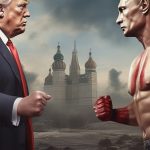 Russian Oligarchs Under Fire: Kremlin Faces Collapse Amid Economic Freefall and Global Accountability Efforts
Russian Oligarchs Under Fire: Kremlin Faces Collapse Amid Economic Freefall and Global Accountability Efforts  Putin Regime’s Push for Tactical Nuclear Strike: Escalation Fears Grow
Putin Regime’s Push for Tactical Nuclear Strike: Escalation Fears Grow 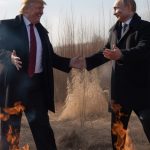 Trump Team Stunned by Hidden Global Power Play
Trump Team Stunned by Hidden Global Power Play  The Bitcoin Killer: Ethicoin’s Emergence as a Disruptive Force in the Cryptocurrency Arena
The Bitcoin Killer: Ethicoin’s Emergence as a Disruptive Force in the Cryptocurrency Arena 